Complete Annual Maintenance Guide for Boat Engines
For boat owners, proper engine maintenance isn't just about preventing breakdowns—it's about ensuring safety, maximizing performance, and protecting your investment. Whether you're navigating coastal waters or enjoying freshwater lakes, your boat's engine requires systematic care throughout the year. This comprehensive guide will walk you through a complete annual maintenance program, tailored to seasonal needs and different engine types.
At JLM Marine, we've helped countless boat owners extend their engine's lifespan through proper maintenance. This guide distills our decades of experience into actionable advice for both novice and experienced boaters.
Understanding Maintenance Cycles
Boat engine maintenance follows several overlapping cycles:
- Usage-based maintenance: Tasks performed after specific hours of operation (e.g., 100 hours, 300 hours)
- Seasonal maintenance: Tasks aligned with changing weather conditions and usage patterns
- Calendar-based maintenance: Regular tasks performed regardless of usage (e.g., monthly, annually)
Understanding these cycles helps create a comprehensive maintenance program that ensures no critical task is overlooked. For most recreational boaters, seasonal maintenance forms the backbone of their maintenance schedule, supplemented by usage-based checks for those who spend significant time on the water.
Maintenance Frequency Guidelines
| Usage Level | Engine Hours Per Year | Recommended Service Frequency |
|---|---|---|
| Light | Less than 50 hours | Annual service + seasonal checks |
| Moderate | 50-100 hours | Annual service + mid-season check |
| Heavy | 100-200 hours | Bi-annual service + monthly checks |
| Commercial | 200+ hours | Quarterly service + weekly checks |
Seasonal Maintenance Guide
Each season presents unique challenges and maintenance requirements for your boat's engine. Following a seasonal approach ensures your engine receives the right care at the right time.
Spring: Preparation and Activation
Spring marks the return to boating season for many owners. This is the time to wake your engine from its winter slumber and prepare it for the active months ahead.
Spring Maintenance Checklist:
- De-winterization: Remove any winterization plugs, blocks, or antifreeze
- Battery service: Recharge, test, and reinstall the battery
- Fluid checks: Replace engine oil and filter if not done during winterization
- Cooling system: Inspect water pump impeller and replace if necessary
- Fuel system: Check for leaks, replace fuel filters, and inspect fuel lines
- Belts and hoses: Check for cracks, wear, and proper tension
- Propeller and shaft: Inspect for damage, fishing line, and proper operation
- Control systems: Test throttle, shift, and steering for smooth operation
- Safety equipment: Verify all safety systems are operational
Spring is also an ideal time to address any issues that were noted at the end of the previous season but weren't urgent enough to fix immediately.
Pro Tip: First Start Procedure
When starting your engine for the first time after winter storage, follow these steps:
- Connect a garden hose to the engine's water intake (for outboards and sterndrives)
- Turn on water before starting the engine
- Start the engine in neutral and let it warm up gradually
- Watch for water flowing from the tell-tale (outboards) or exhaust
- Monitor temperature gauge to ensure proper cooling
- Listen for unusual noises and watch for exhaust color
This careful approach helps identify potential issues before they become serious problems on the water.
Summer: Monitoring and Performance
Summer is typically the period of highest usage, making regular monitoring and preventive maintenance essential for trouble-free operation.
Summer Maintenance Checklist:
- Regular inspections: Check for leaks, loose connections, and unusual noises
- Cooling system monitoring: Ensure proper water flow and temperature
- Zincs/anodes: Inspect and replace sacrificial anodes if more than 50% depleted
- Oil level checks: Check engine oil before each outing
- Fuel quality: Use fuel stabilizer if the boat will sit for more than two weeks
- Salt removal: Flush engine with fresh water after saltwater use
- Air filter: Clean or replace if operating in dusty conditions
- Mid-season oil change: For boats with heavy usage (100+ hours)
Summer maintenance focuses on monitoring and quick intervention. Catching small issues early prevents them from developing into major problems that could ruin your boating season.
Warning Signs to Watch For
- Difficulty starting or rough idling
- Unusual exhaust color (black, white, or blue smoke)
- Engine temperature higher than normal
- Decreased performance or power
- Unusual vibrations or noises
- Warning lights or alarms activating
If you notice any of these signs, investigate immediately rather than waiting for your next scheduled maintenance.
Fall: Transition and Inspection
As boating activity decreases, fall is the perfect time for thorough inspection and addressing any issues that developed during the season.
Fall Maintenance Checklist:
- Comprehensive inspection: Check all systems for wear and damage
- Oil and filter change: Replace engine oil and filter
- Fuel system treatment: Add fuel stabilizer to prevent varnish formation
- Cooling system check: Inspect for corrosion or blockages
- Electrical system: Test all electrical components and connections
- Drive unit inspection: Check lower unit oil and seals
- Corrosion assessment: Identify and address any corrosion issues
- Winterization planning: Gather supplies and schedule winterization
Fall maintenance serves as both a season closeout and preparation for winter storage. It's also the time to make notes about any parts that may need replacement before the next season begins.
Winter: Protection and Storage
Proper winterization is crucial for protecting your engine during the off-season, especially in regions with freezing temperatures.
Winter Maintenance Checklist:
- Fuel system preparation: Fill tank to 95% capacity with fresh fuel and stabilizer
- Engine fogging: Protect internal engine components from corrosion
- Cooling system protection: Drain water or add antifreeze to prevent freeze damage
- Battery maintenance: Remove, fully charge, and store in a cool, dry place
- External protection: Apply corrosion protection to external components
- Lower unit service: Change gear oil to remove moisture
- Cylinder protection: Remove spark plugs and add oil to cylinders (for long-term storage)
- Storage position: Ensure proper storage position to prevent oil leakage
Winter is also an excellent time for major service projects or upgrades, as you won't lose valuable boating time while the work is being done.
Regional Winterization Considerations
Winterization needs vary significantly based on your climate:
- Freezing climates: Complete winterization with antifreeze is essential
- Mild climates: Focus on corrosion protection and fuel stabilization
- Year-round boating regions: Implement a rotating maintenance schedule rather than seasonal shutdown
Key Systems Maintenance
While seasonal maintenance provides a good framework, understanding how to maintain each critical system ensures comprehensive care for your engine.
Cooling System
The cooling system prevents your engine from overheating and is particularly vulnerable to corrosion and blockages.
Key Maintenance Tasks:
- Water pump service: Replace impeller every 2-3 years or 300 hours
- Thermostat check: Test and replace thermostat if operating outside specifications
- Heat exchanger inspection: Check for scale buildup in raw water cooled engines
- Zinc/anode replacement: Replace sacrificial anodes in cooling system
- Hose inspection: Check for cracks, softness, or bulges in cooling hoses
- Flush procedure: Flush with fresh water after each use in saltwater
Cooling system failures are among the most common causes of engine damage, making regular maintenance particularly important.
For optimal cooling system performance, consider using JLM Marine's premium water pump kits, designed to provide reliable cooling for various engine brands.
Fuel System
The fuel system delivers the precise amount of clean fuel your engine needs for optimal performance.
Key Maintenance Tasks:
- Fuel filter replacement: Change primary and secondary filters annually or every 100 hours
- Water separator service: Drain water collection bowl regularly
- Fuel line inspection: Check for cracks, softness, or leaks
- Fuel tank maintenance: Add stabilizer when storing fuel for extended periods
- Carburetor service: Clean and adjust carburetors annually (for carbureted engines)
- Injector maintenance: Consider professional cleaning every 300-500 hours (for EFI engines)
Modern ethanol-blended fuels require extra attention, as they can attract water and degrade more quickly than traditional marine fuels.
For reliable fuel system components, explore our fuel and induction system parts, including filters and carburetor rebuild kits.
Lubrication System
Proper lubrication reduces friction, removes heat, and prevents corrosion in your engine's moving parts.
Key Maintenance Tasks:
- Engine oil change: Replace oil and filter every 50-100 hours or annually
- Lower unit oil change: Replace gear oil every 100 hours or annually
- Oil analysis: Consider oil analysis for early problem detection
- Oil level checks: Check engine oil level before each use
- Lubrication points: Grease steering and throttle linkages per manufacturer recommendations
- Oil quality: Use manufacturer-recommended oil grade and type
Regular oil changes are one of the most cost-effective ways to extend engine life and maintain performance.
JLM Marine offers high-quality oil filters and lubrication system components for all major marine engine brands.
Electrical System
The electrical system powers ignition, starting, charging, and monitoring functions essential for reliable operation.
Key Maintenance Tasks:
- Battery maintenance: Clean terminals, check electrolyte levels, and test capacity
- Charging system check: Verify alternator or stator output
- Ignition component inspection: Check spark plugs, wires, and coils
- Wiring inspection: Look for chafed insulation, loose connections, or corrosion
- Sensor verification: Test temperature, pressure, and position sensors
- Corrosion protection: Apply dielectric grease to connections
Electrical problems can be challenging to diagnose, making preventive maintenance particularly valuable for this system.
For reliable electrical components, check out our electric parts collection, featuring high-quality replacement parts for various marine engines.
Engine Type Differences
Different engine types have specific maintenance requirements that should be incorporated into your annual plan.
| Maintenance Area | Outboard | Sterndrive | Inboard |
|---|---|---|---|
| Cooling System | Raw water cooled; impeller replacement critical | Combination of raw water and closed cooling | Often closed cooling system with heat exchanger |
| Winterization | Simpler process; can often be stored tilted | More complex; drive unit requires special attention | Most complex; requires thorough antifreeze protection |
| Corrosion Protection | Multiple external anodes; frequent replacement | Drive unit and engine anodes | Internal anodes and shaft zincs |
| Lubrication | Engine oil and separate lower unit oil | Engine oil and separate drive oil | Engine oil and transmission fluid |
| Accessibility | Excellent; cowling removes for full access | Good for drive; engine access varies by boat design | Often limited; may require special tools |
Understanding these differences helps you adapt general maintenance principles to your specific engine type.
JLM Marine offers specialized parts for all major engine types. Browse our collections by engine brand, including Yamaha, Mercury, and Volvo Penta.
DIY vs. Professional Maintenance
Deciding which maintenance tasks to perform yourself and which to leave to professionals depends on your skills, tools, and comfort level.
Suitable for DIY Maintenance:
- Oil and filter changes
- Spark plug replacement
- Basic winterization procedures
- Anode/zinc replacement
- Fuel filter changes
- Battery maintenance
- Lubrication of moving parts
- Basic inspections and fluid checks
Best Left to Professionals:
- Timing belt/chain replacement
- Major electrical system diagnostics
- Fuel injector cleaning and calibration
- Compression testing and internal engine work
- Drive alignment procedures
- Complex winterization for larger engines
- Computer system updates and programming
Maintenance Decision Framework
Consider these factors when deciding whether to DIY or hire a professional:
- Warranty status: Professional service may be required to maintain warranty
- Tool requirements: Some tasks require specialized tools
- Skill level: Be honest about your mechanical abilities
- Time availability: Factor in learning curve and actual service time
- Cost comparison: Compare DIY costs (parts, tools, time) vs. professional service
- Risk assessment: Consider the consequences of mistakes
Even if you perform most maintenance yourself, establishing a relationship with a qualified marine technician is valuable for advice and handling complex issues.
Maintenance Tracking and Records
A systematic approach to tracking maintenance helps ensure nothing is overlooked and creates a valuable history for troubleshooting and resale.
Essential Maintenance Records:
- Service log: Record all maintenance with date, hours, and work performed
- Parts inventory: Track replacement parts, filters, and fluids on hand
- Scheduled maintenance calendar: Plan future service based on hours or dates
- Problem log: Document issues, symptoms, and resolutions
- Fuel log: Track consumption for performance monitoring
- Receipts and warranties: Keep documentation for parts and service
Tracking Methods:
- Digital apps: Specialized boat maintenance apps with reminders
- Spreadsheets: Custom tracking with flexible formats
- Paper logbooks: Traditional but effective, especially kept onboard
- Manufacturer systems: Some manufacturers offer online service tracking
Whichever system you choose, consistency is key. Make recording maintenance activities a habit immediately after completing the work.
Free Maintenance Log Template
Download our comprehensive boat engine maintenance log template to start tracking your engine care systematically.
Common Maintenance Mistakes
Even experienced boaters can fall into these maintenance traps. Awareness helps you avoid these common pitfalls:
1. Neglecting the Cooling System
Failure to replace impellers preventively or flush after saltwater use can lead to overheating and severe engine damage.
Solution: Replace water pump impellers every 2-3 years regardless of appearance and flush after every saltwater use.
2. Improper Winterization
Incomplete winterization can result in freeze damage, corrosion, and fuel system problems.
Solution: Follow a comprehensive winterization checklist and consider professional service if you're uncertain.
3. Ignoring Anodes/Zincs
Failing to inspect and replace sacrificial anodes leads to galvanic corrosion of expensive components.
Solution: Inspect anodes regularly and replace when 50% depleted.
4. Using Automotive Parts
Automotive filters and fluids lack the corrosion protection and specifications needed for marine environments.
Solution: Always use marine-specific parts and fluids designed for your engine.
5. Overlooking Fuel System Maintenance
Modern ethanol-blended fuels require more attention to prevent water absorption and system damage.
Solution: Use fuel stabilizers, change filters regularly, and keep tanks full during storage.
6. Reactive Rather Than Preventive Approach
Waiting for problems to occur before performing maintenance leads to higher costs and lost boating time.
Solution: Follow a preventive maintenance schedule based on manufacturer recommendations.
Learning from these common mistakes can save you significant time, money, and frustration in your boating experience.
Conclusion
A well-maintained boat engine provides reliability, performance, and peace of mind on the water. By following this annual maintenance guide and adapting it to your specific engine type and boating patterns, you'll maximize your engine's lifespan and minimize unexpected issues.
Remember that maintenance is an investment, not an expense. Every hour spent on proper care can save many hours of repairs and downtime later. Whether you choose to perform maintenance yourself or work with professionals, the key is consistency and attention to detail.
At JLM Marine, we're committed to supporting your maintenance efforts with high-quality parts and expert advice. Browse our extensive catalog of marine engine parts to find exactly what you need for your next maintenance project.
Ready to Start Your Maintenance Program?
Explore our comprehensive repair kits that include everything you need for specific maintenance tasks, saving you time and ensuring you have all the right parts.
For Outboard Owners:
To assist you in maintaining and repairing your marine engines, we hope the following resources may be of use:
-
Carburetors from JLM Marine
-
Carburetor Rebuild Kits from JLM Marine
About JLM Marine
Founded in 2002, JLM Marine has established itself as a dedicated manufacturer of high-quality marine parts, based in China. Our commitment to excellence in manufacturing has earned us the trust of top marine brands globally.
As a direct supplier, we bypass intermediaries, which allows us to offer competitive prices without compromising on quality. This approach not only supports cost-efficiency but also ensures that our customers receive the best value directly from the source.
We are excited to expand our reach through retail channels, bringing our expertise and commitment to quality directly to boat owners and enthusiasts worldwide.

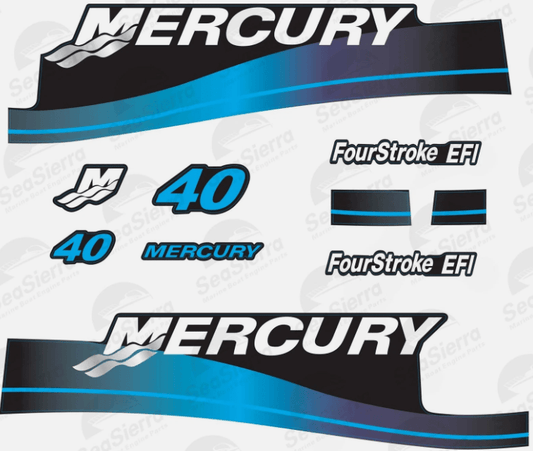

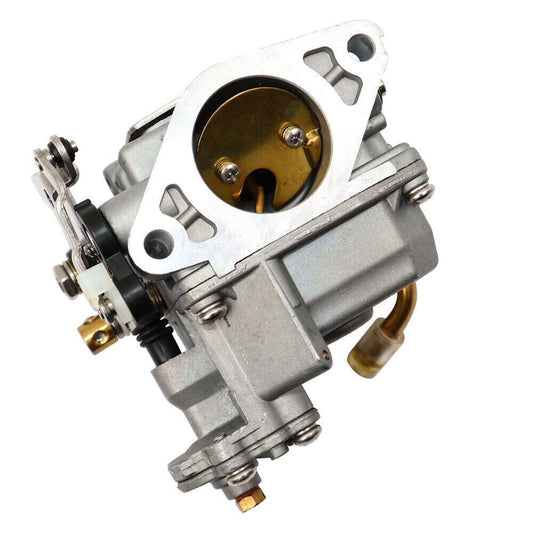
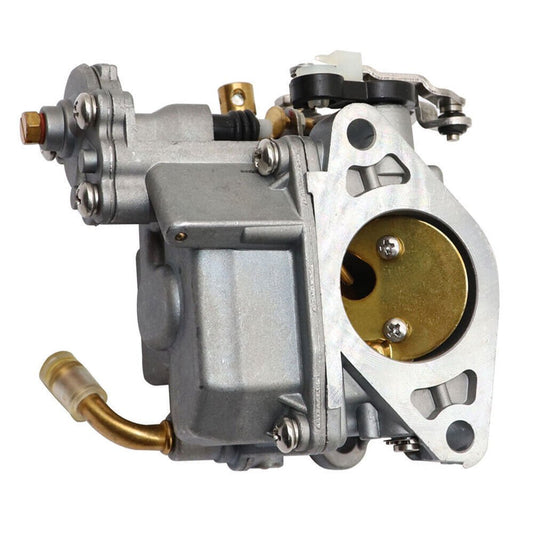
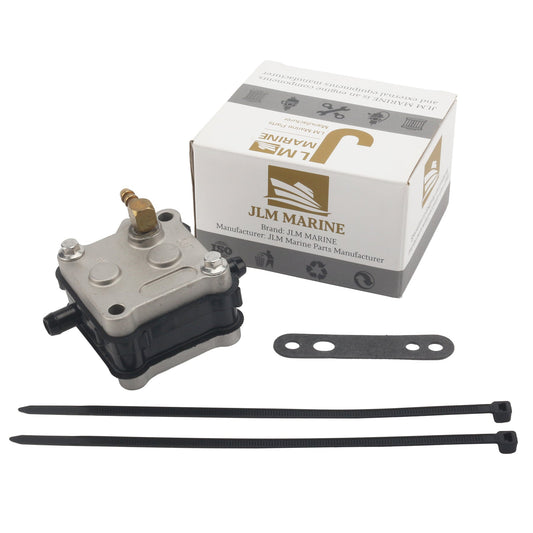
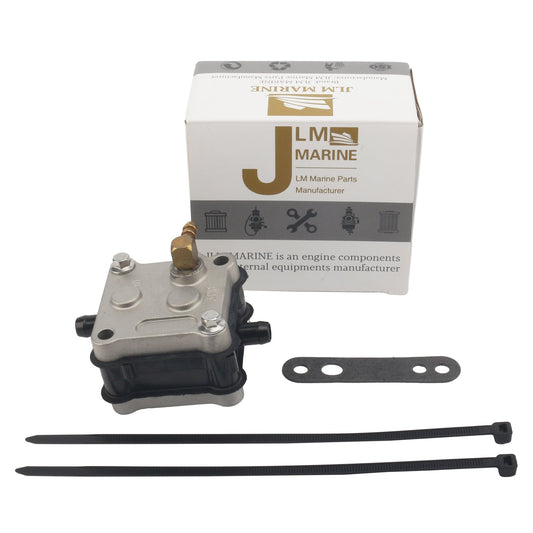
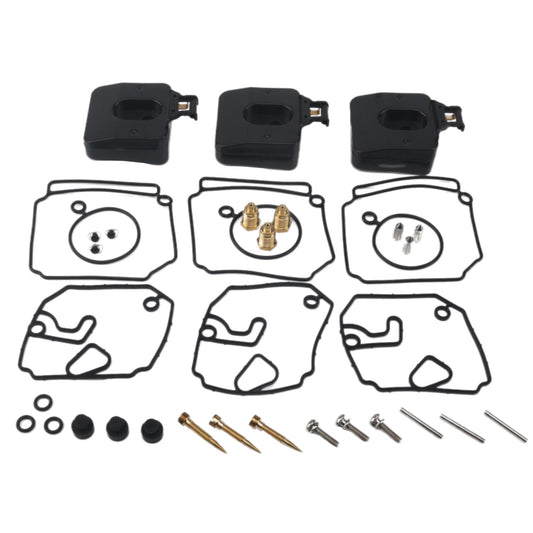
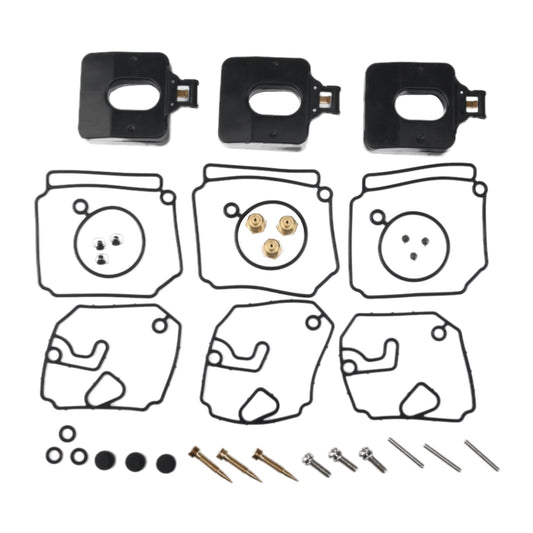
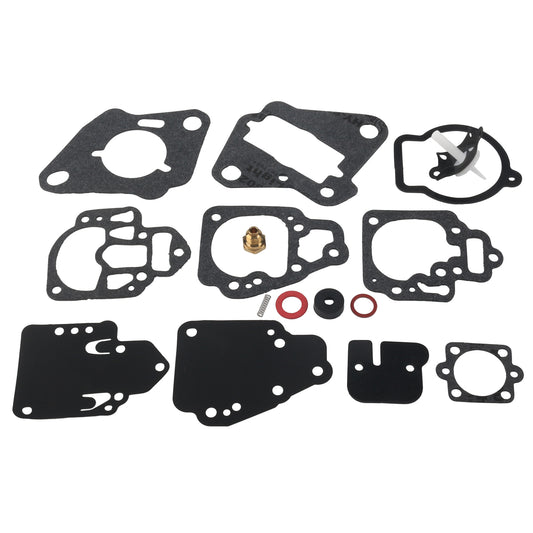
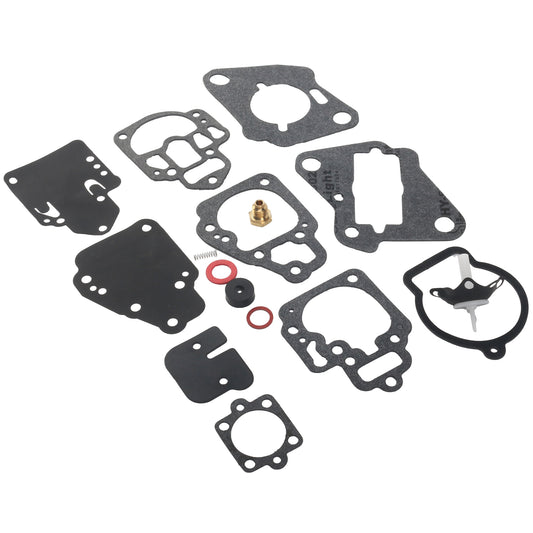
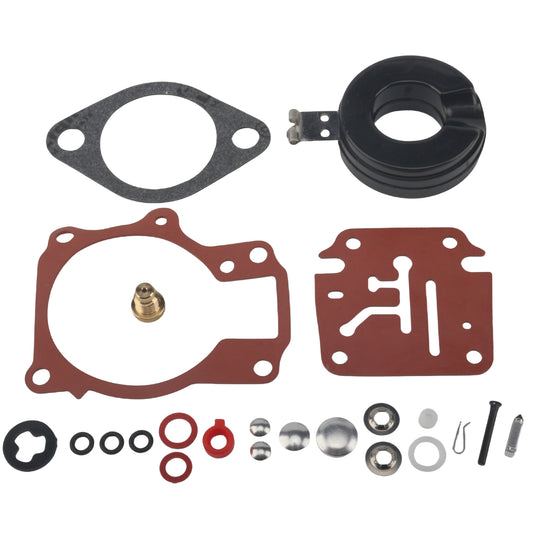
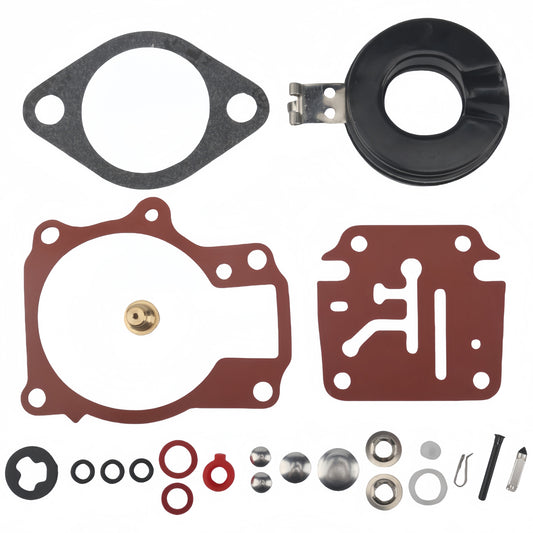

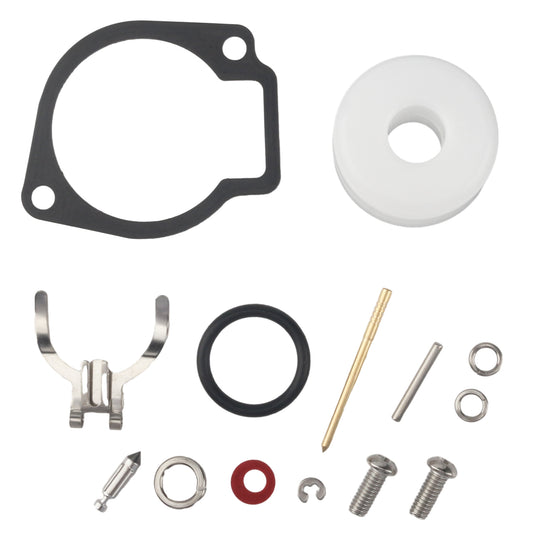
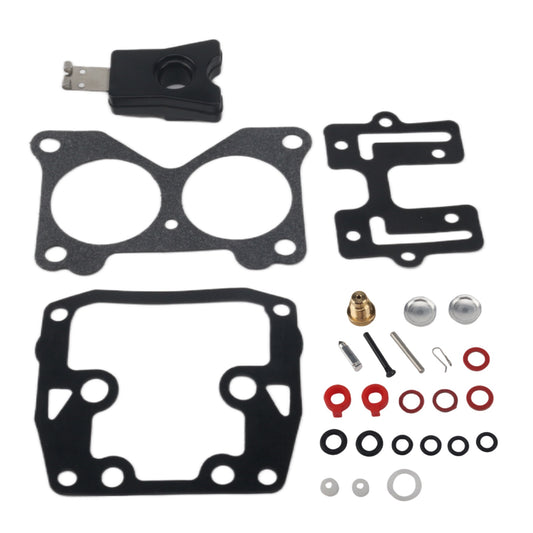
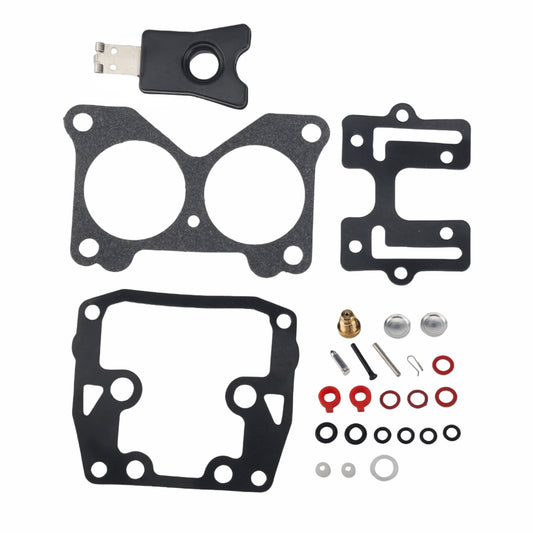

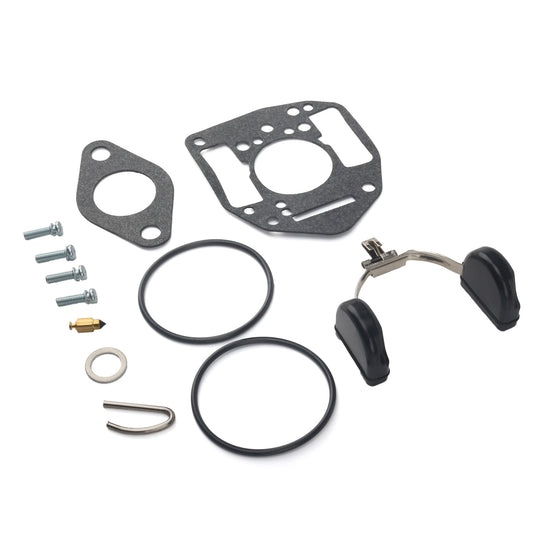
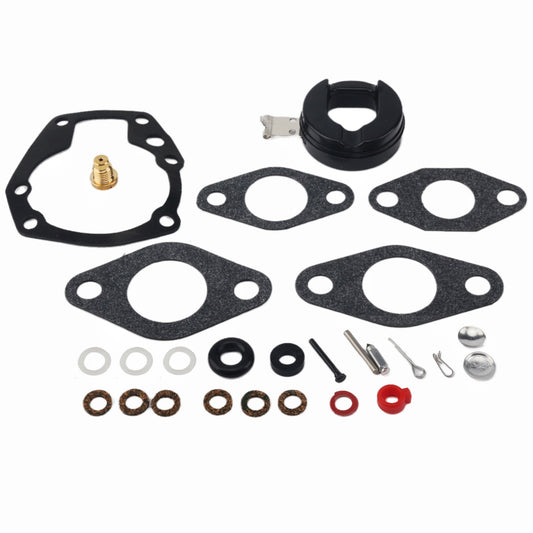
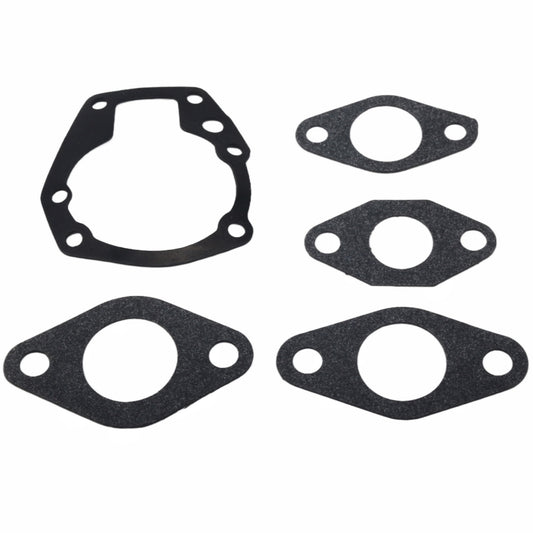
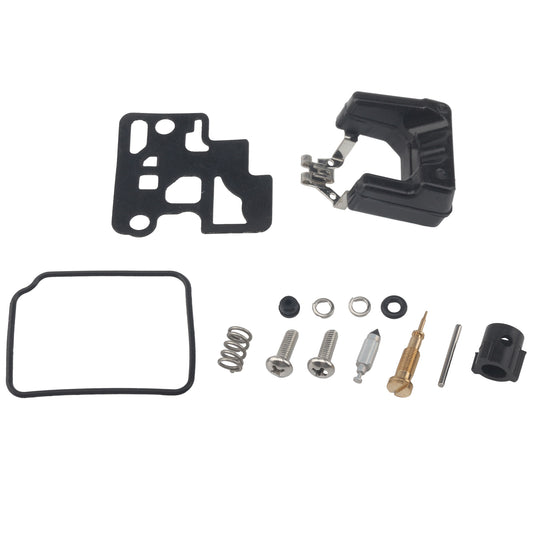
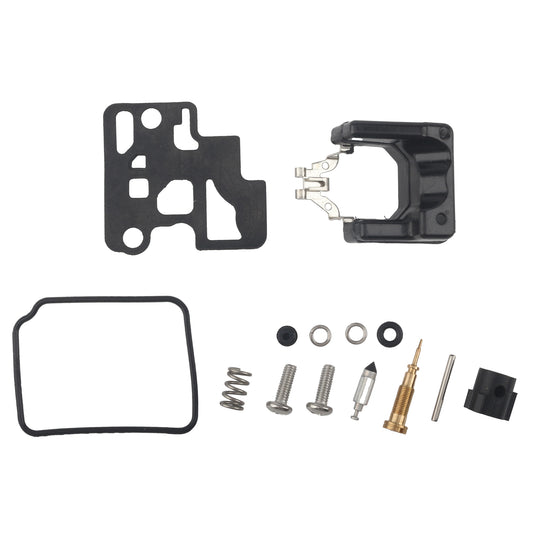
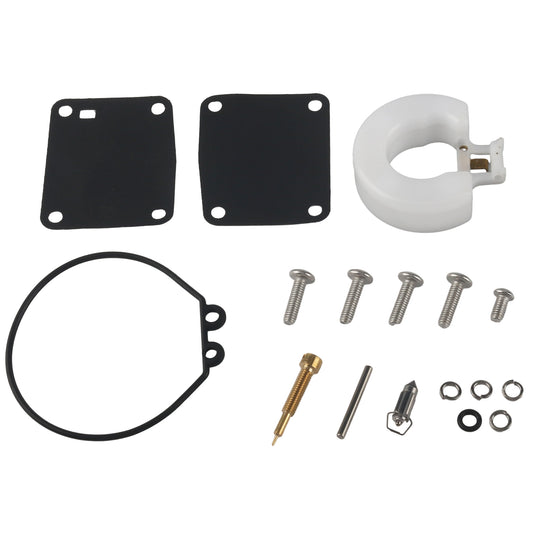
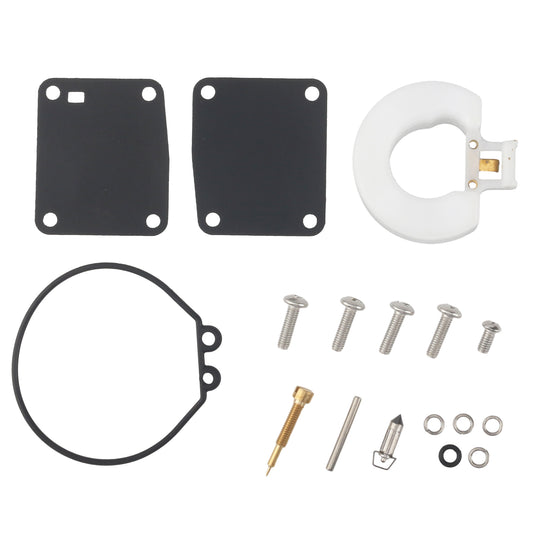
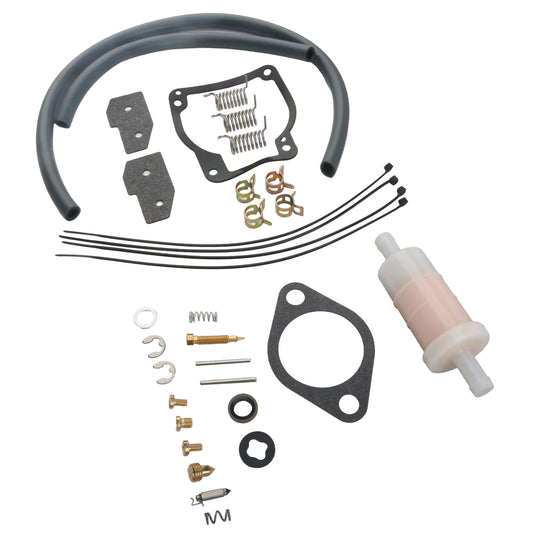
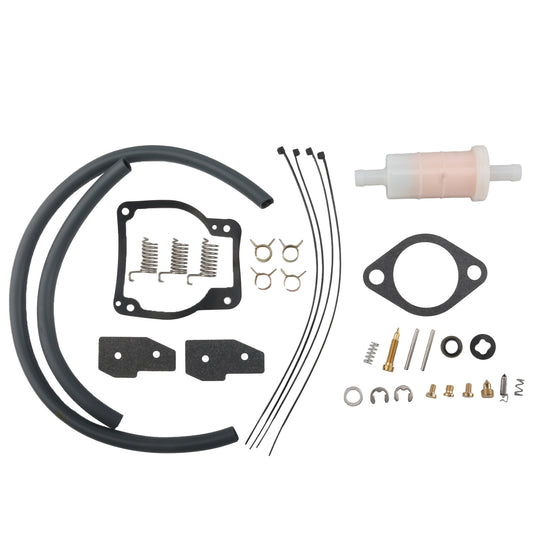

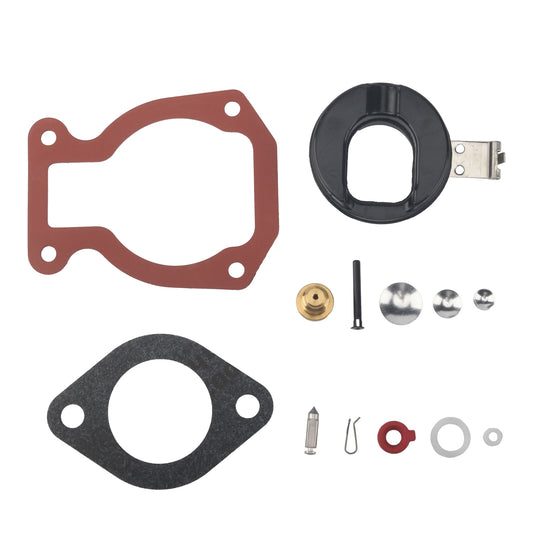


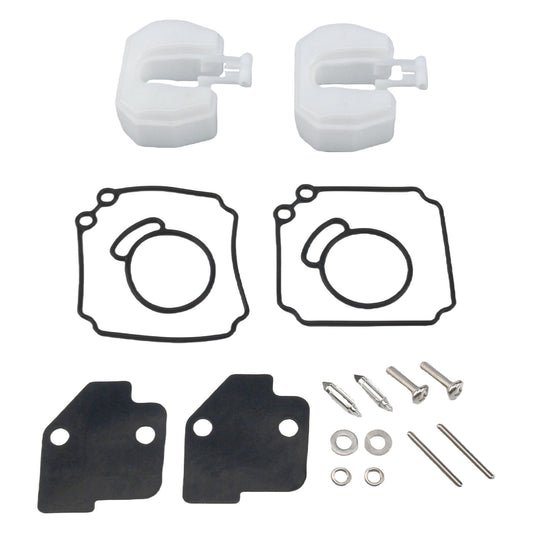
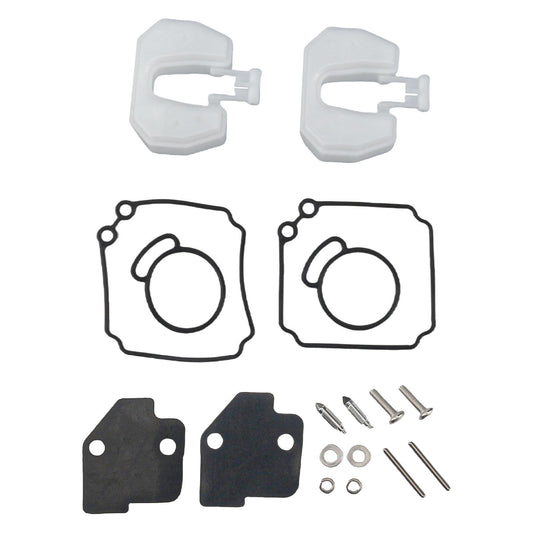

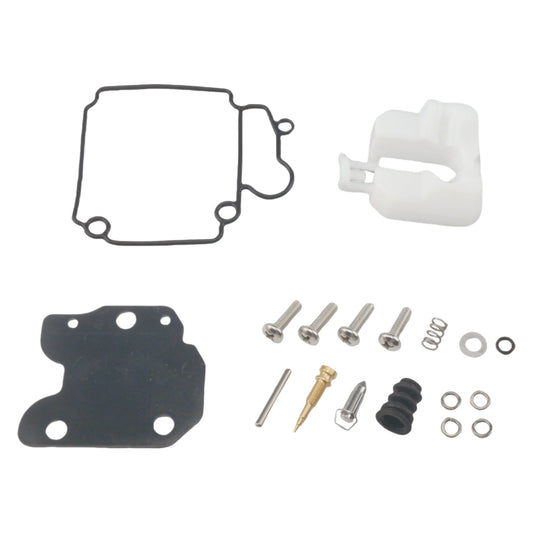
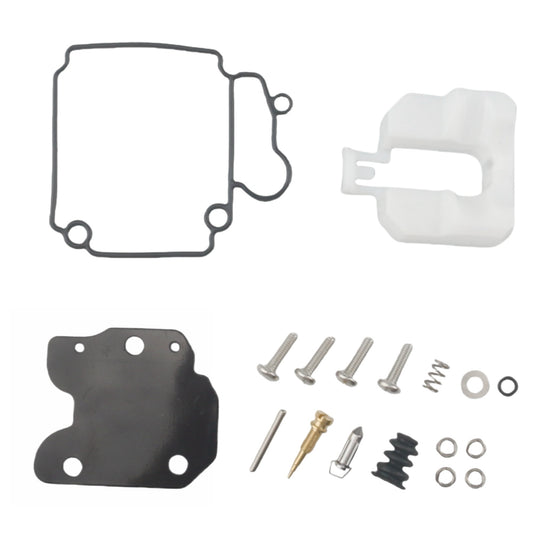
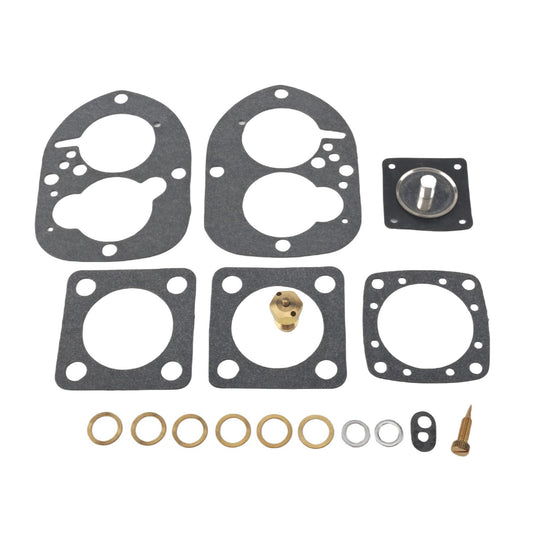
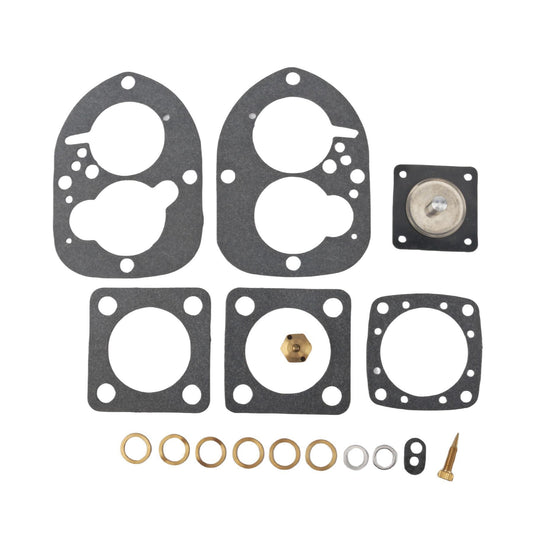
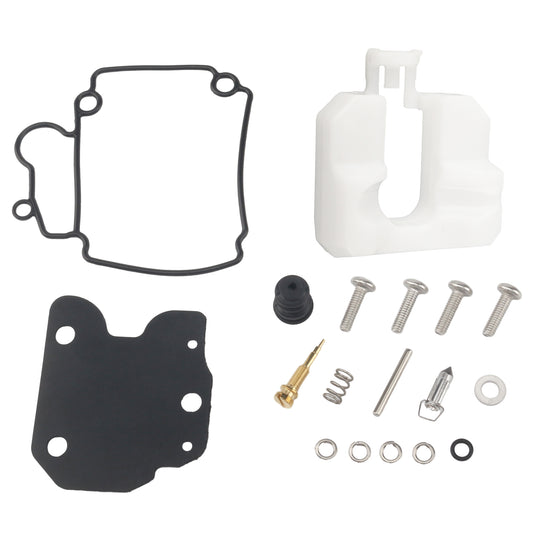
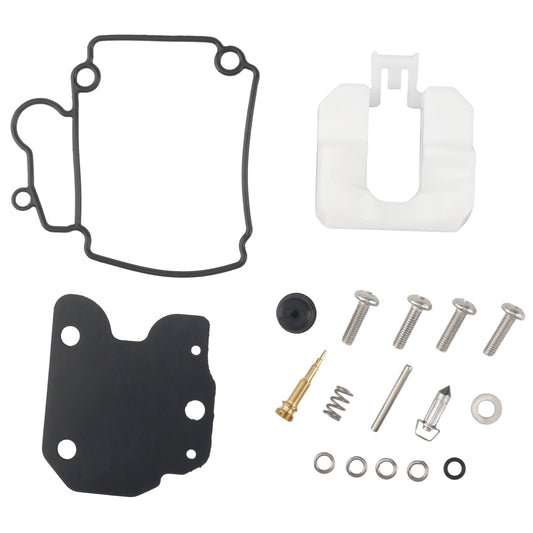
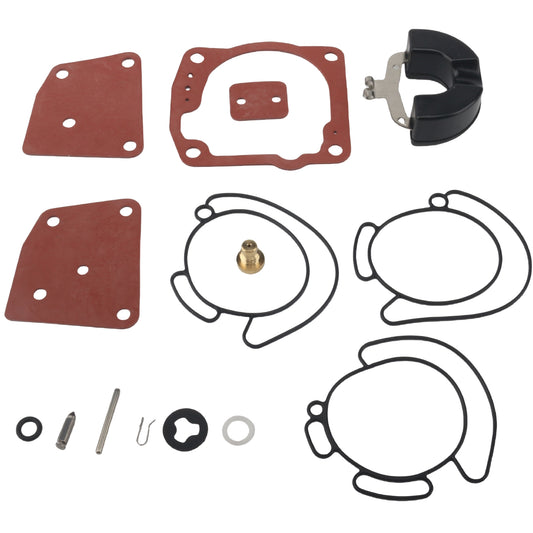
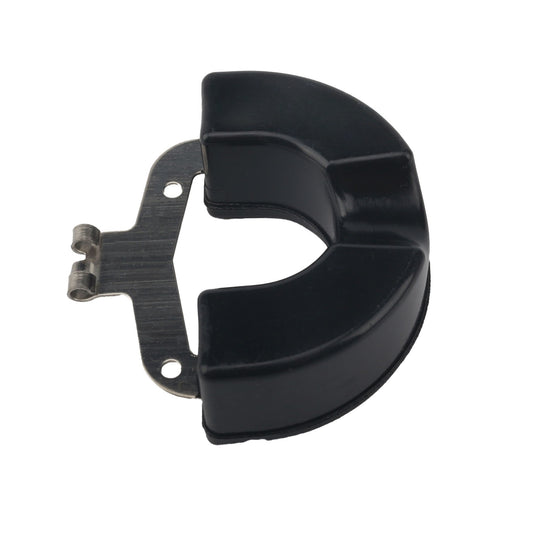
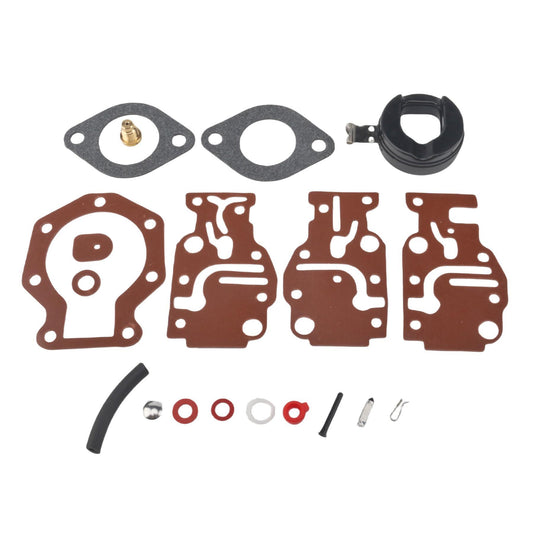


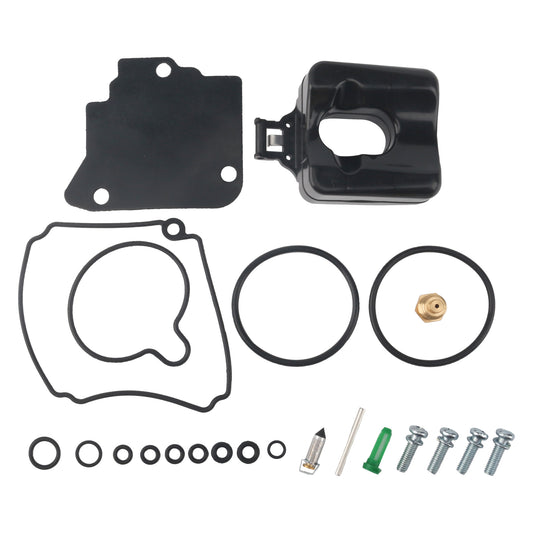
Leave a comment
Please note, comments need to be approved before they are published.